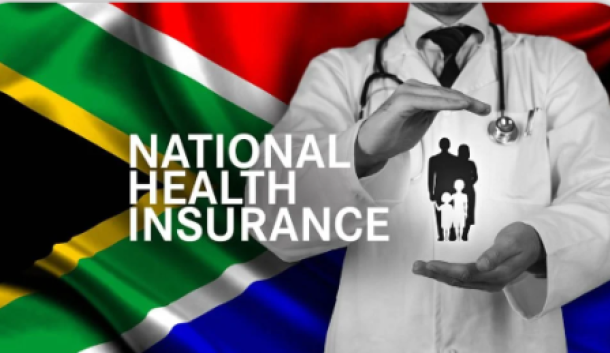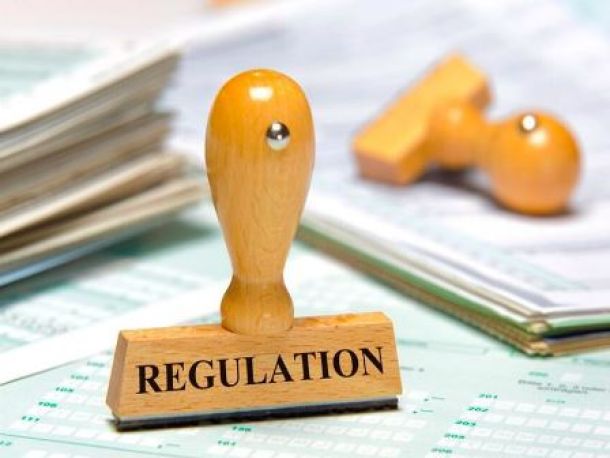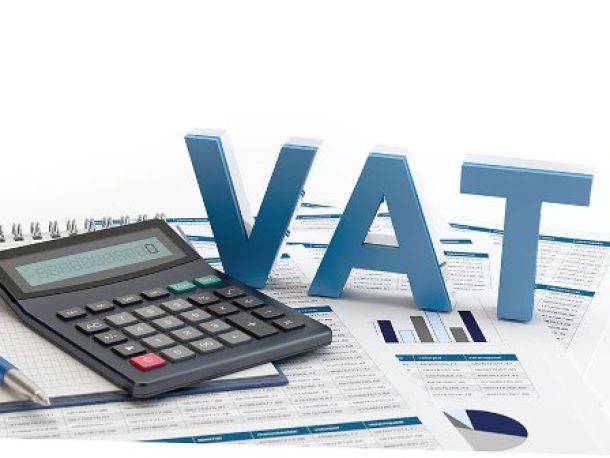Generic medicine market to continue growth trend in 2017
South Africa’s pharmaceutical industry has continued to weather the storm amid tough economic conditions, said Erik Roos, CEO of generic medicine company Pharma Dynamics in a statement.
"Since 2012, originators have steadily lost market share due to fierce competition, while the generic market boasted double digit growth,” Roos said, adding that more growth in the generics market could be expected in 2017.
“Even though generic volume penetration will start to slow down, the 2 900 generic dossiers currently sitting at the Medical Control Council (MCC) awaiting registration will significantly boost generic growth in the next 12 to 18 months,” according to Roos.
The launch of the South African Health Products Regulatory Authority (SAHPRA) – the new regulatory authority set to take over from the MCC in April this year – will see products being fast-tracked and brought to market much sooner than before.
“Based on past industry figures, registering products with the MCC could take up to five years. Alleviating this backlog could see hundreds of new generic products flood the market, making newer generation molecules available to patients at a fraction of the cost,” Roos said.
SA's ageing population drives medicine demand
Since the introduction of generics in South Africa, medicine prices have been slashed by 80% - making medicines more affordable and accessible to the masses.
Roos’ confidence in the generic sector is further motivated by South Africa’s growing demand for medicines.
“The massive increase in demand is mainly driven by South Africa’s ageing population of 4,209 million people who are older than 65, who are most likely to require chronic healthcare interventions. From 2005 to 2015 the size of the aged population almost doubled from 4.1 % to 7.7 %,” Roos said citing the World Health Organisation’s World Report on Ageing and Health.
“According to the report, this figure will rise to 10.06 million people by 2050. This, along with the various cost containment measures that are being employed by government, should further increase generic prescription and substitution at pharmacy level,” said Roos.
OTC medicine sales surge
The fact that patients are also increasingly being empowered to take a proactive role in maintaining good health has also spurred a surge in over-the-counter (OTC) medicine sales, particularly among schedule 2 products that are primarily a generics- dominated category. Unscheduled medicines (those that don’t require a prescription) have experienced the fastest unit sales growth at 5% in the past year.
Among the top-selling generic medicines in this category are those aimed at pain- and fever relief, as well as OTC cold preparations.
Roos points out that a call to reschedule certain OTC drugs such as aspirin and codeine to prescription drugs could impact the size of the OTC market and particularly the price of the products, as they will be subject to Single Exit Pricing.
The single exit price (SEP) mechanism in South Africa lists the maximum price that a medicine can be charged at. Dispensers may charge an additional dispensing fee depending on the price of the medicine.
Roos suspects unit sales will continue to grow in the OTC category although tighter regulation in the pending Complementary and Alternative Medicines Act - which seeks to remove products with unsubstantiated medical claims from the market - could impact the size of the market upon enactment later this year.
The South African private pharmaceutical industry is expected to reach R47bn by 2020, increasing by 38% between 2016 and 2020.
Rand weakness drives up medicine costs
According to Roos, the strengthening of the currency in the first and second quarter of last year will go a long way in increasing the growth trajectory of the market, but he says the rand is likely to remain under pressure for some time.
“This means consumers would have to fork out a bit more for medicines since more than 70% of pharmaceutical products on the continent are imported.”
He continues that the pressure on the rand is making it increasingly challenging for local pharmaceutical companies to maintain medicine prices at the level expected by medical aid schemes.
“We are experiencing immense pressure to drop or maintain the price of medicines in order to remain listed on the respective prescribed minimum benefit (PMB) formularies, while the average annual medical aid increase in 2015 – 2016 of 8.8% (Council for Medical Schemes Annual Report) is almost double that of the medicine price increase allowed by the Department of Health (DoH) in the same period,” he said.
“This imbalance in regulation across the medical industry means that medicine providers are sometimes squeezed out of business or forced to remove products from the market, which ultimately decreases the variety of products available to consumers.”
News Category
- International retailers
- On the move
- Awards and achievements
- Legislation
- Wine and liquor
- Africa
- Going green
- Supplier news
- Research tools
- Retailer trading results
- Supply chain
- Innovation and technology
- Economic factors
- Crime and security
- Store Openings
- Marketing and Promotions
- Social Responsibility
- Brand Press Office
Related Articles

NHI: Business gears up for possible legal battl...

Electricity Regulation Bill will open competiti...

New Minimum Wage Set to Take Effect on March 1s...

Spar director fined R1 million after refusing n...


